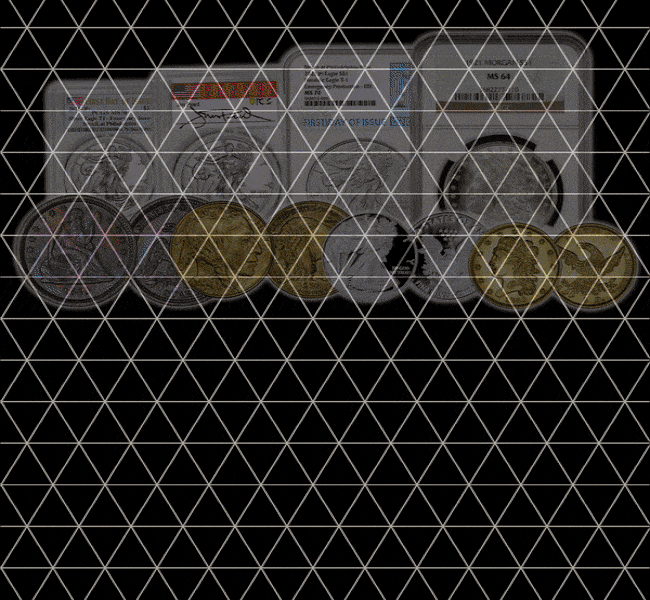By CoinWeek ….
On Sunday, February 9, bidding ends on GreatCollections.com for this 1926-D Peace silver dollar, graded MS-64 by PCGS and approved by CAC.
The issue is certainly not rare (the Denver Mint struck 2,348,700 Peace dollars dated 1923), and neither is the grade. PCGS reports a census of 1,820 grading events for a 1923-D Peace dollar in MS-64, with 1,286 higher in 64+ through 67+ – clearly a coin for the budget-conscious or the typeset collector cognizant of eye appeal.
The PCGS Price Guide gives an estimated value of $325 for an MS-64 specimen, and recent auction records for the issue at that grade do bear this out. Last year saw auction results ranging from $240 to $384. 2018 saw prices ranging from $240 to $396, though many of that year’s results were in the high $200s. The handful of results from 2017 ranged from $282 to $384. Going into 2016 and back, however, shows slightly higher prices, with January 2016 seeing a price of $494, February 2015 featuring a $482 example, and a March 2014 coin garnering $570.
The highest price for a 1926-D Peace dollar in PCGS MS-64 was achieved just one month earlier in February 2014, when one sold for $1,175. An outlier, to be sure, but for more auction results you can also search through the GreatCollections Auction Archives, with records for over 600,000 certified coins the company has sold in the past seven years.
At the time of writing, the high bid on this 1923-D Peace dollar is only $116 after six bids.
A Perennial Favorite
Demand for the Peace dollar has been high for many years. Along with the Morgan dollar, it is one of the most popular series of United States coinage to collect. However, the Peace dollar is a shorter and more affordable series to complete than the Morgan series.
Running from 1921-28 and 1934-35 (skipping over the worst of the Great Depression), the entire series includes only 25 dates and major varieties – though the 1921 and 1922 High-Relief Peace dollars will present some difficulty to many. And once a collector is ready to upgrade their coins or move deeper into the series, a few recognized Prooflike issues and a number of VAM varieties can provide that extra challenge.
But if you’re looking for gem-quality coins and beyond, the Peace dollar series reveals itself to be a serious challenge for collectors. A complete collection of Peace dollars in MS65 has a market value today of about $79,250, while a set in MS66 (with a 1925-S in MS65) costs approximately $250,000 (keep in mind that these prices are for sight-unseen coins certified by either PCGS or NGC; premium quality coins, including coins with high eye appeal, pristine surfaces, and CAC-approval may cost multiples of these amounts).
Beyond being one of America’s classic silver dollar types, the Peace dollar served as a circulating commemorative marking the end of hostilities in the First World War. Both politicians and numismatists advocated for a business strike coin to honor both the Allied victory in the war and the restoration of peace on the world stage–not to mention the return of a silver dollar to American pockets. Many stories have been told about the notorious American numismatist Farran Zerbe and his lobbying efforts on behalf of the Peace dollar, but according to some numismatists, it’s not clear if he had any real involvement.
Of course, one important aspect of the Peace dollar’s popularity is de Francisci’s classic design. Sometimes referred to as the “flapper” dollar, the obverse features a modern-looking Lady Liberty–using de Francisci’s wife Teresa as a model–that contrasts greatly with the previous Morgan dollar Liberty. The reverse features an eagle perched on a rock observing a brightly shining sunrise. It holds an olive branch in its talons and has its wings down, symbolizing the end of the war effort and the welcome beginning of peace. The reverse is yet another entry in the line of great early 20th-century eagles on American coinage.
